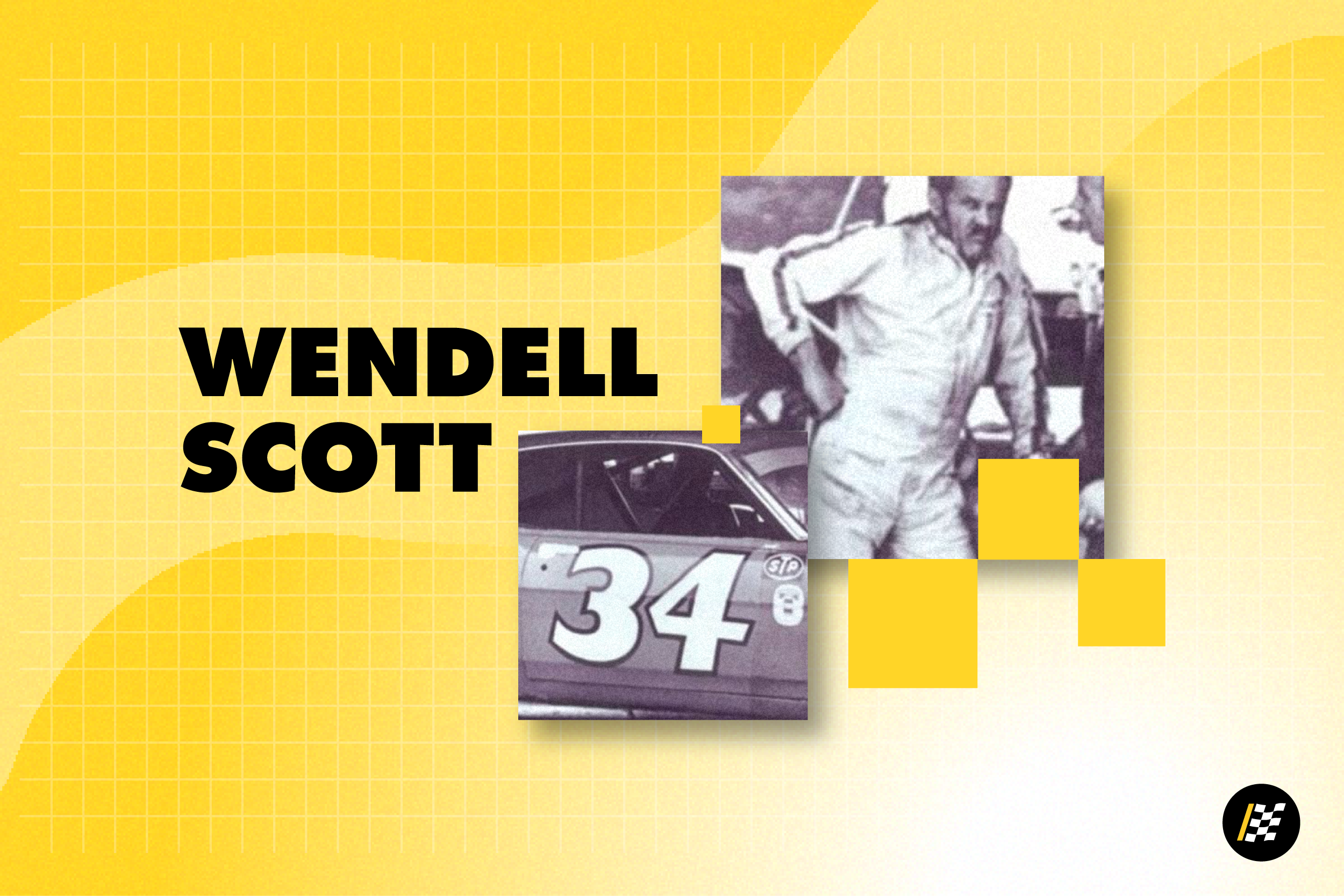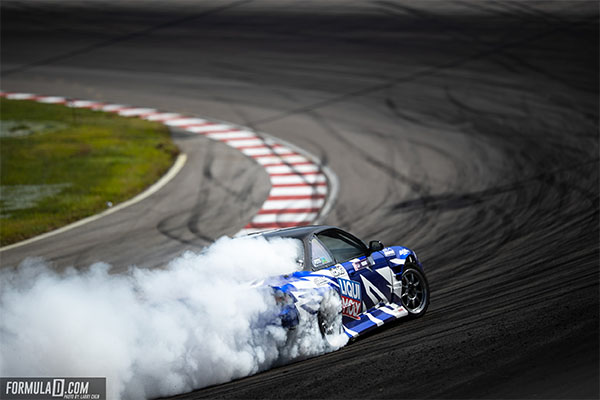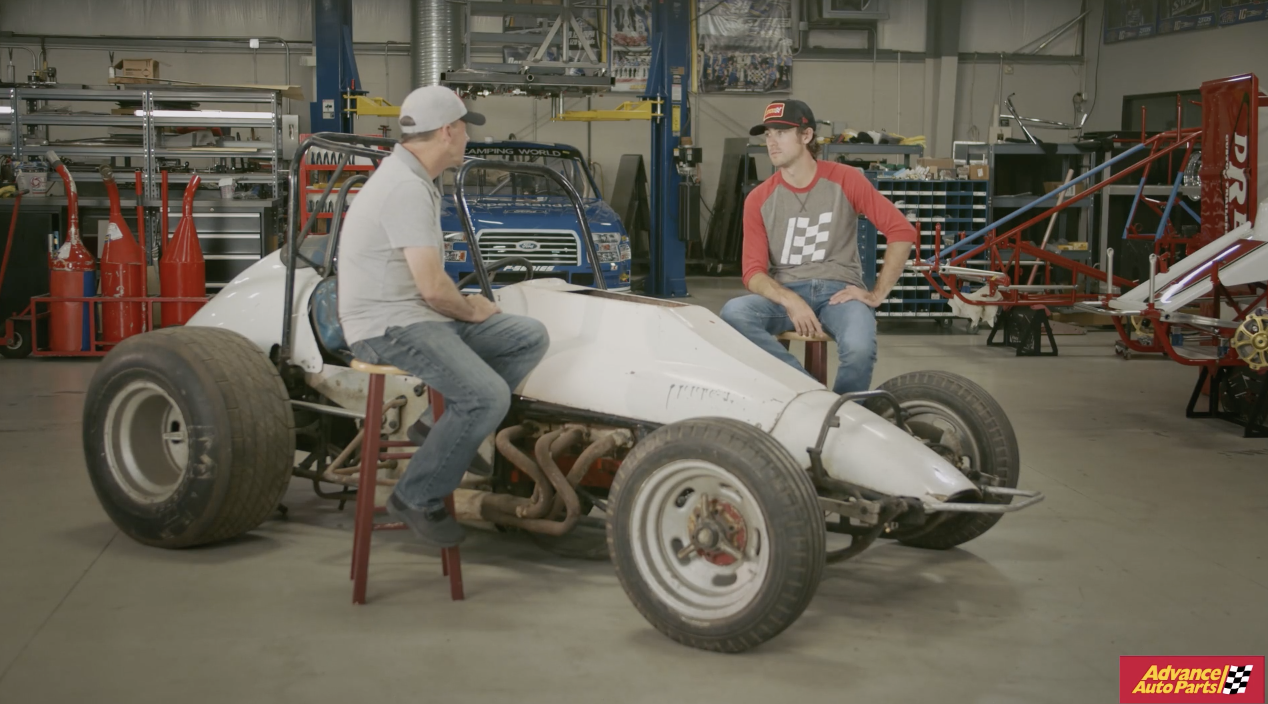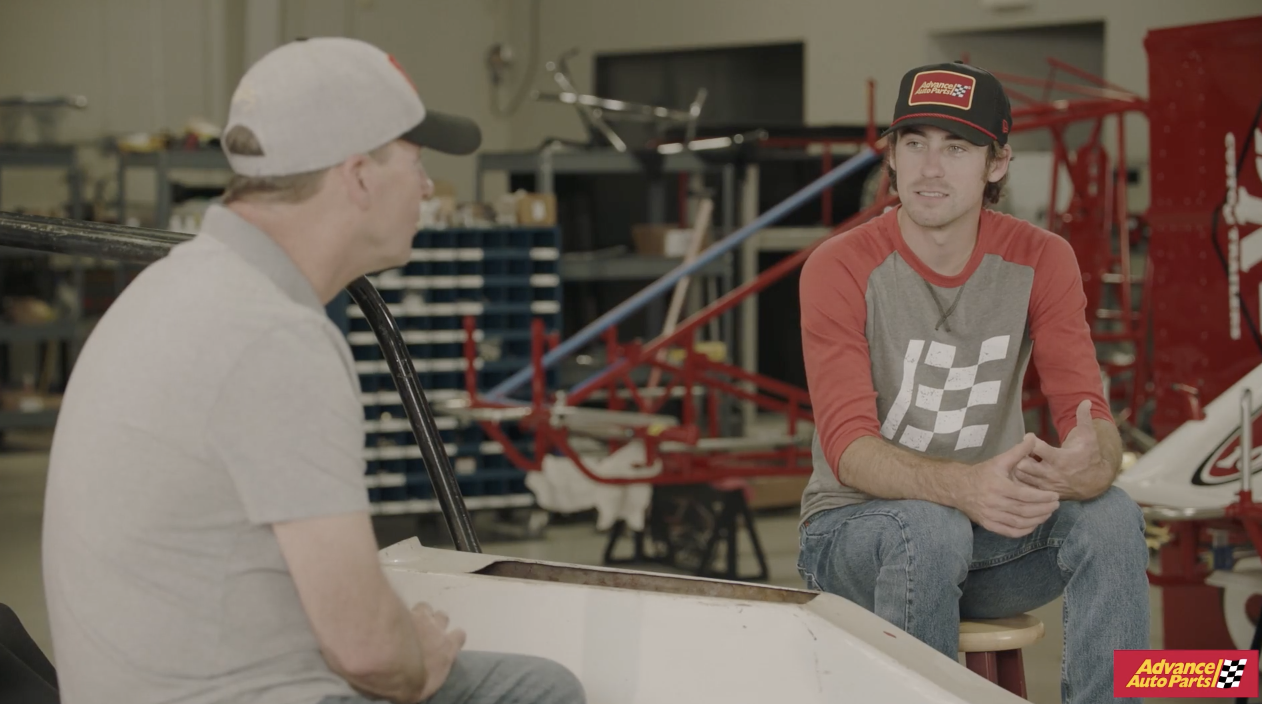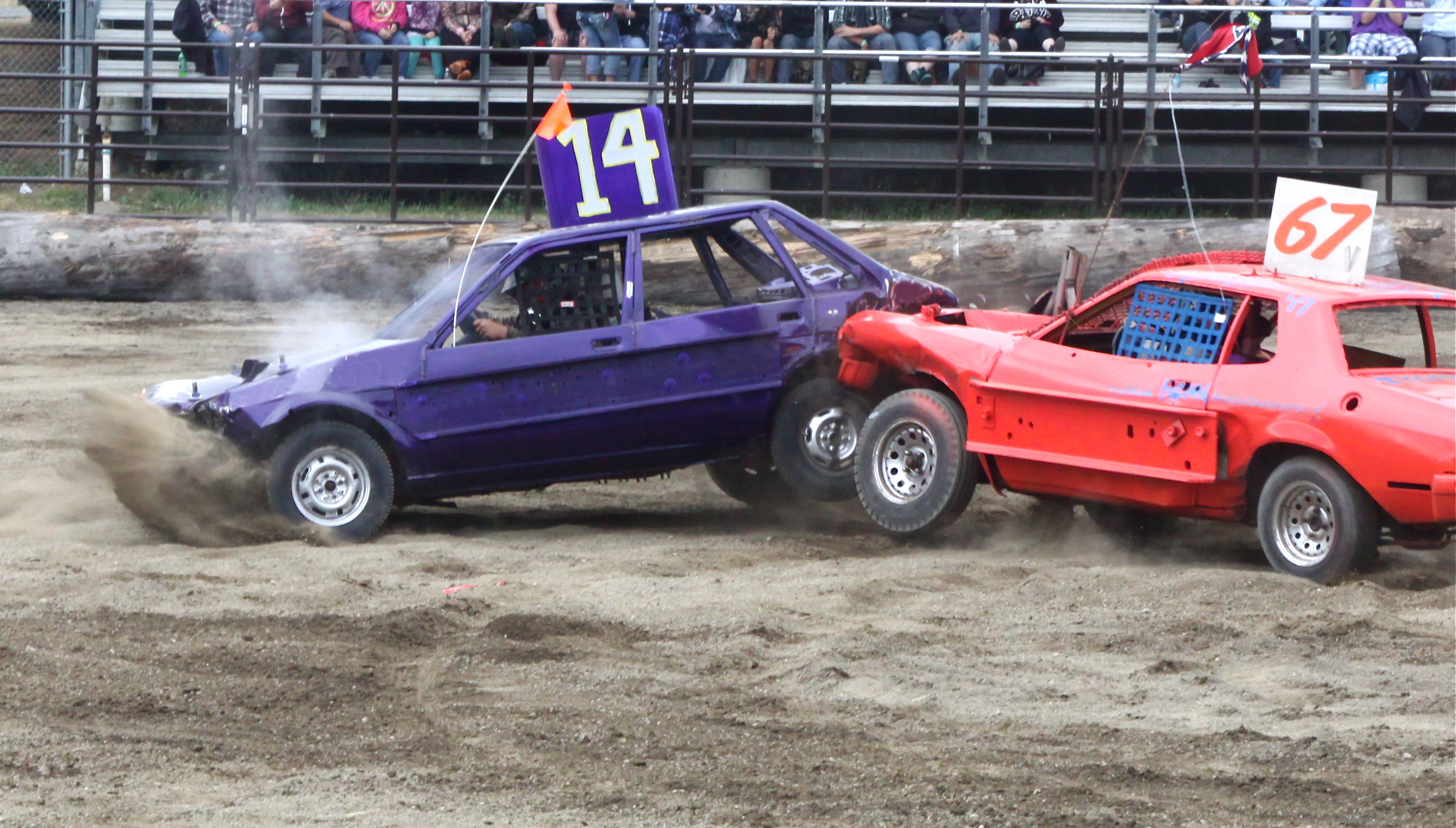
Each year millions of us attend county fairs not for the deep-fried twinkies but for the vehicular mayhem--bumper-smashing, whiplash-making, ear-splitting, grit-in-your teeth, eyes-burning-from-the-fumes demolition derbies. It’s a tradition that’s been around since before Leave It to Beaver first aired on television. Some would argue it’s just as American, though louder and not nearly so black-and-white.
More Than Meets the Eye
No one would mistake demolition derbies for anything other than what they are. They’re gladiator-type events where drivers smash the heck out of their vehicles while fans scream approval from the stands. We cheer for drivers crazy enough to crash into each other on purpose and for the cars they built to go the distance.
And what cars! They are the spray-painted embodiment of the underdog. They’ve been stripped down and reworked to endure the worst retirement party imaginable. Their better days have gone the way of their rearview mirrors and windows, and most contenders spill their guts and radiator fluid in the arena before being towed to their final resting place. One heroic vehicle, however, coughs its way to victory.
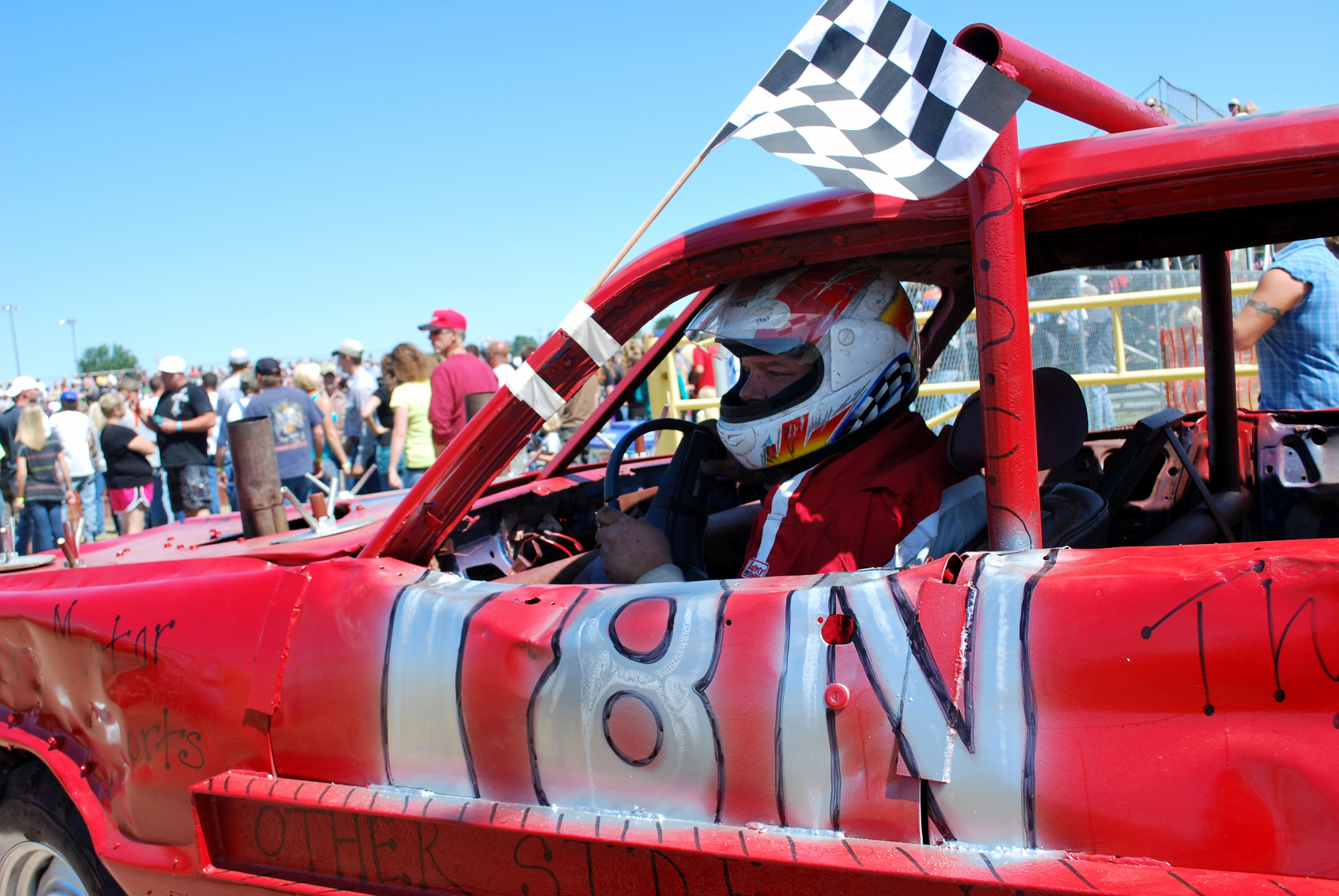
What’s (Not) in a Derby Car?
Perhaps the most American part of demolition derbies are the cars themselves, literally. No Hondas and Mazdas here. Only full-sized, Detroit-built sedans and wagons from the '60s and '70s will do. And except for hobo-class races, which use compact cars, modern vehicles are out. Too much plastic and electronics. Classic American behemoths can inflict major damage on other competitors. Sometimes they’re even rebuilt to derby again!
Each derby vehicle is put through a reverse makeover before competing. Interior and exterior trim, plastic, lights, windows, and mirrors go first; drivers don’t want to be hit with flying debris during a collision. The gas tank is replaced with a smaller version and secured in a reinforced box behind the driver. Then the battery is relocated to the front passenger floor. The muffler, catalytic converter, and exhaust pipes are nixed. Doors are welded or chained shut. Sheet metal is used to reinforce the car’s frame, though too much can cause overheating. And a hole has to be cut into the hood to accommodate a fire hose for emergencies. Finally, with a little Mad-Maxian embellishment (think vertical chrome pipes, flags, and oversized teddy bears), the car is ready for the arena.
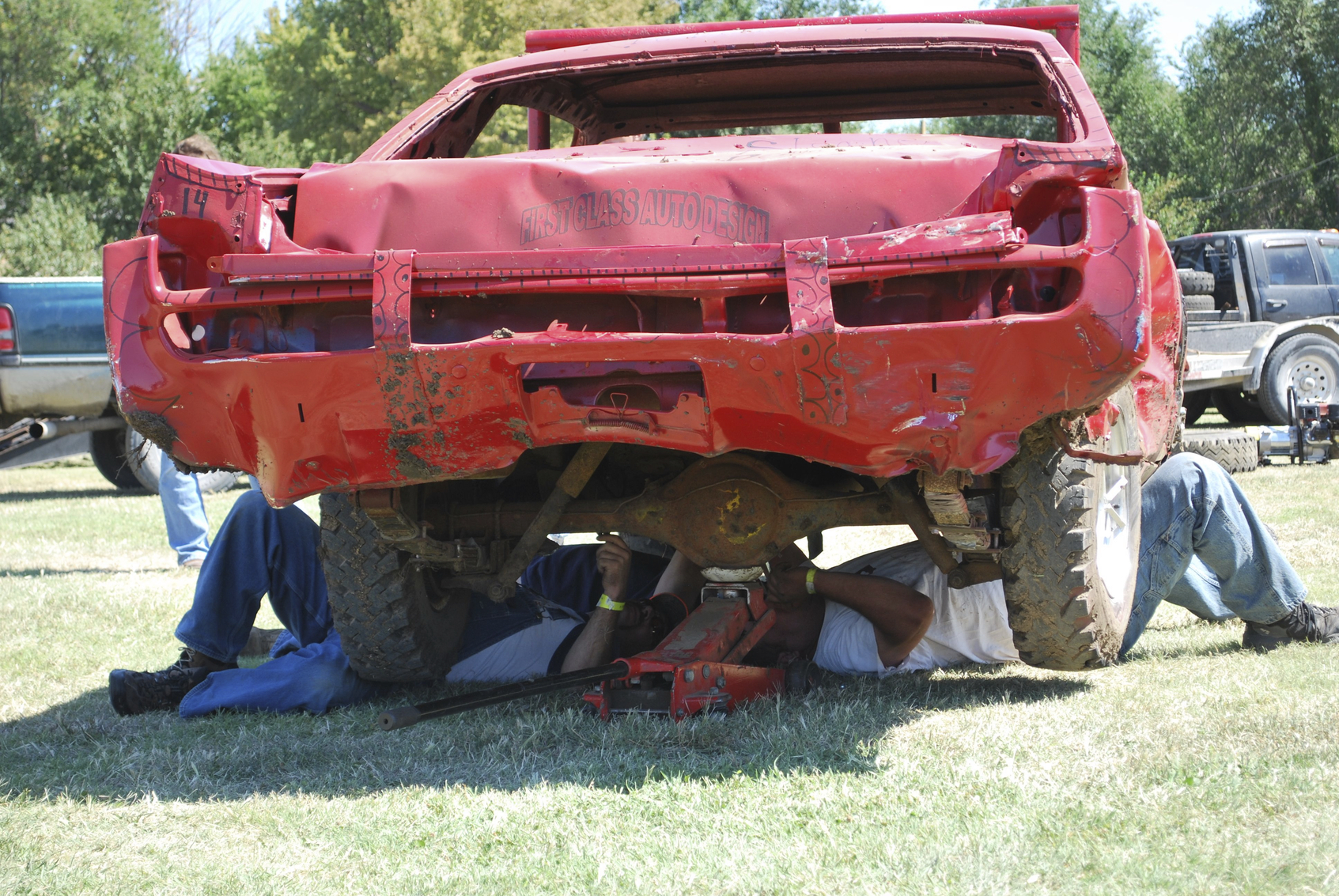
How to Win a Derby
It may seem like derby cars crash into one another with the same finesse as the kids in the bumper cars across the fairgrounds. But there are rules in a derby. Drivers must hit a ‘live car’ at least once every 60 seconds. Also, no head-on collisions; no driver-door hits, and absolutely no sandbagging. Consequences include disqualification and enduring the intense ire of both fans and other competitors.
There’s also offensive and defensive strategy involved. Offensively, drivers want to hit the front of another vehicle with their own rear bumper. That way, they can damage their competitor’s wheel wells or flatten the tires, immobilizing them. Even better, they can hit the engine bay and puncture the radiator or crack the block. They can also knock out contenders by forcing them up onto the ring’s concrete barriers. Or time their hits to coincide with another vehicle for maximum annihilation.
On the defensive side, drivers prefer to ride the outside of the ring counter-clockwise. Since driver-side door hits are illegal, this technique protects them from being broadsided. Experienced drivers are careful to avoid getting pinned into a corner by ‘dead’ cars. And like wildebeests on the Sahara, they team up when possible and keep moving to avoid looking like easy prey.
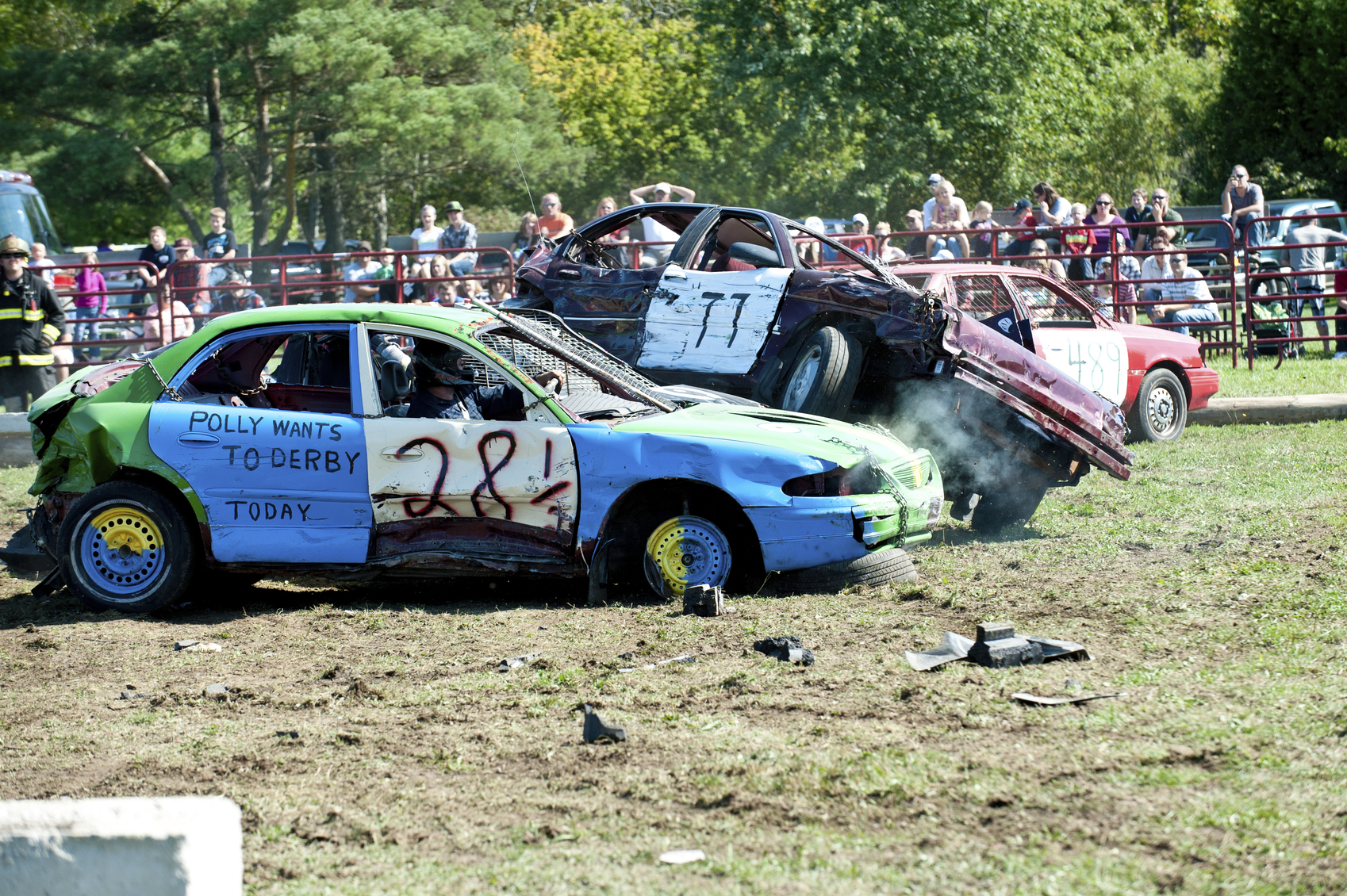
Who Wins?
After months of preparation, it can all be over in a single, 15-minute heat. The heartbroken (and just plain broken) are towed from the arena. The victor moves on to the next heat. At the end of the night, prizes are awarded. Mad Dog Money often goes to the most audacious drivers; people are paying for entertainment, after all. Grand prizes can approach $10,000, but it’s a pittance when you consider the hours and hard-earned money already invested. Most derby drivers, like their fans, are in it for more than the money. It’s about the thrill and the glory. No matter how short lived.
Some say that the days of demolition derbies are numbered. Those classic cars are harder to come by. So next time you drive by a rusting clunker in a field, double back. You could be looking at last year’s county fair derby champion. Or your chance to get in on the action while you still can.
Are you a demolition derby fan or competitor? Share your favorite derby moments with us by leaving a comment.
